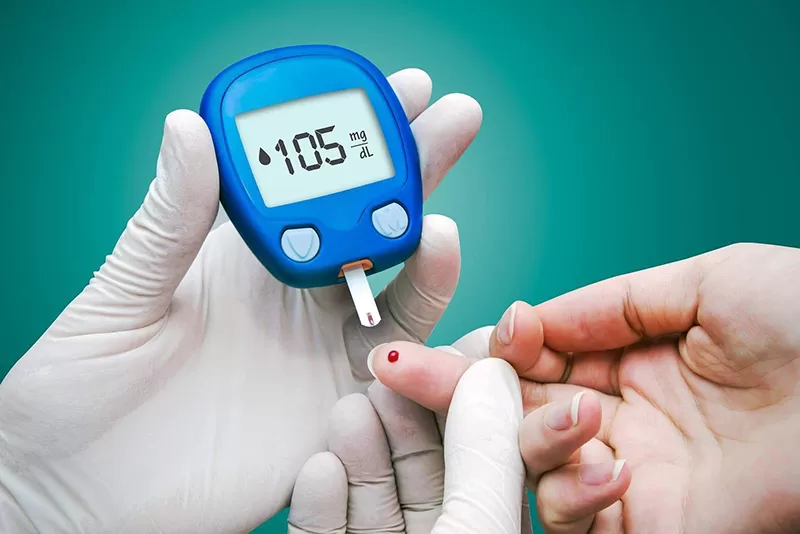1. What is diabetes?
Diabetes is a chronic disease that affects how the body turns food into energy.
Our bodies break down most food into sugar (glucose) and transport it into the blood. When blood sugar levels increase, it signals the pancreas to release insulin. Insulin is a hormone responsible for bringing blood sugar into cells to be used for energy.
In diabetics, the body does not make enough insulin or cannot use insulin normally.
This will lead to high blood sugar levels and over time can cause serious health problems, such as heart disease, vision loss and kidney disease.

Diabetes is a chronic disease that affects how the body turns food into energy
2. Types of diabetes
Type 1 diabetes
Type 1 diabetes is caused by the body's autoimmune response (when immune cells attack pancreatic cells by mistake) and prevent the body from making insulin. Insulin deficiency leads to increased blood sugar because it is not taken into cells for use.
About 5-10% of people with diabetes have type 1.
Symptoms of type 1 diabetes often develop rapidly and are often diagnosed in children, adolescents, and young adults. The only treatment for type 1 diabetes is daily insulin.
Type 2 diabetes
In type 2 diabetes, the body cannot use insulin normally and increases blood sugar levels. About 90-95% of diabetes patients are type 2.
The disease develops over many years and is usually diagnosed in adults (but increasingly in children, adolescents and young adults).
In the early stages of the disease, there are no symptoms, so people at risk need to periodically check their blood sugar levels.
Type 2 diabetes can be prevented or delayed through maintaining a healthy lifestyle, such as:
- Lose weight.
- Eat healthy foods.
- Exercise and sports.
Gestational diabetes
Gestational diabetes occurs in pregnant women who have never had diabetes before. Although this condition usually disappears after birth, it increases the risk of developing type 2 diabetes later in life for both mother and baby.
Children born to mothers with gestational diabetes are also at higher risk of obesity.[1]



